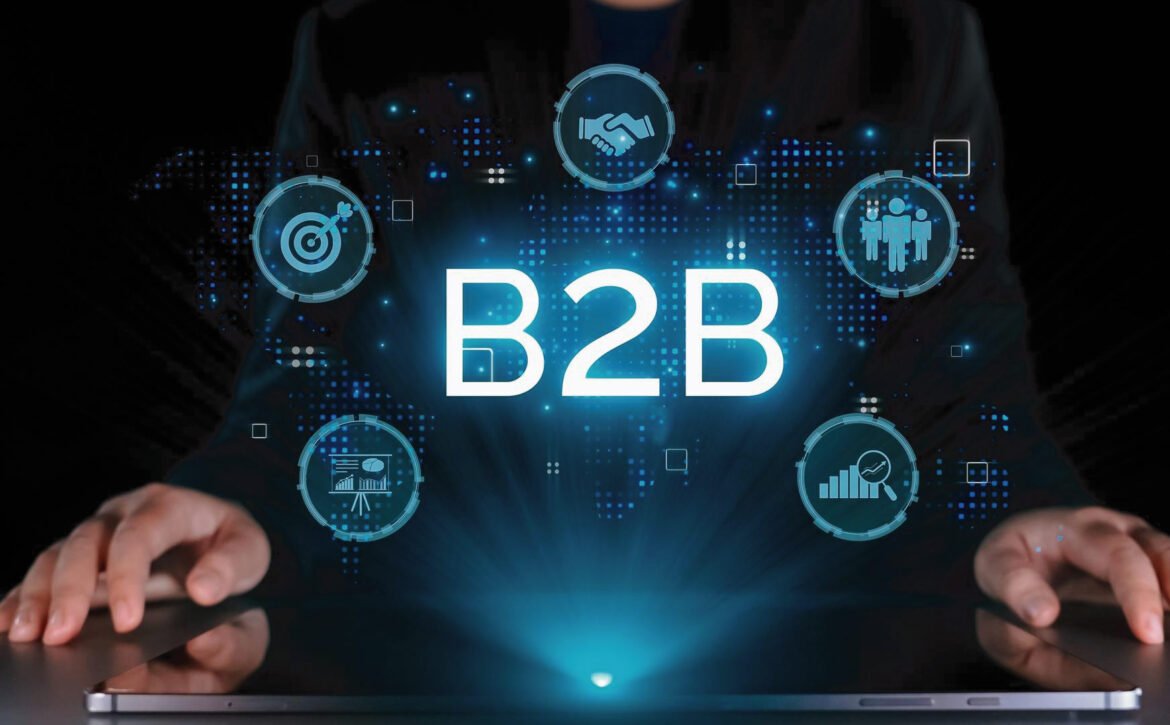New and Upcoming Trends for Influencer Marketing in Asia
Discover the latest trends shaping influencer marketing in Asia, from AI-driven collaborations to niche micro-influencers redefining brand engagement.
B2B influencer marketing in Asia is undergoing significant transformations in the 21st century. Modern technological changes and shifting consumer habits have developed new strategies, reshaping the overall business environment. It’s time that B2B businesses recognize that working with influencers provides value beyond marketing visibility by achieving measurable performance goals.
This article explores the emerging trends in B2B influencer marketing across Asia and how they will change B2B influencer marketing in 2025 and beyond.
Table of Contents:
1. Nano-Influencers Are on the Rise
2. Long-Term Influencer Partnerships
3. Live Streaming and Real-Time Engagement
4. Subscription Services as Key Influencer Opportunities
1. Nano-Influencers Are on the Rise
In the coming quarters of 2025, businesses will start working with nano influencers whose following numbers fall between 1,000 and 10,000. These micro-influencers have smaller audiences but are often known to provide authentic connections with their followers that can boast higher engagement rates, foster niche markets, and establish genuine relationships. B2B companies find particular success with the trend due to Asian cultural values, which prioritize personal recommendations. The collaboration of B2B companies with nano-influencers enables precise targeting of segments, which helps build stronger trust and credibility within their targeted business fields.
2. Long-Term Influencer Partnerships
One-off influencer campaigns have exited the market to create space for lasting extended partnerships, and this calls for a joint effort for brands to create steady storytelling methods that enhance their relationships with their intended consumer base. For instance, Nike demonstrates a long-term business partnership with Cristiano Ronaldo through their enduring relationship. This collaboration enables the company to develop consistent brand messaging, which strengthens its audience relationships. Therefore, businesses that have established long-term partnerships with influencers gain leadership status and earn trust as partners in the B2B market. By following this method, companies raise their brand credibility and develop staunch loyalty from clients along with their stakeholders.
3. Live Streaming and Real-Time Engagement
Through live streaming, influencers have gained a powerful means of accomplishing real-time sessions that let them directly communicate with their audience members. This will provide instant authenticity that works best for demonstrations along with Q&A events and virtual conferences. For instance, in China, Little Red Book (Xiaohongshu) combines online live streaming services effortlessly with e-commerce features, which allows influencers to demonstrate products for instant purchases. In 2025 and beyond, live streaming will not just provide significant sales growth but also foster real-time interactions with potential clients and partners.
4. Subscription Services as Key Influencer Opportunities
In 2025, subscription-based models are becoming increasingly popular between brands and influencers to get a steady revenue stream and sustained audience engagement. By collaborating with influencers, B2B companies gain access to subscribers who receive specialized insights through exclusive content, industry insights, or specialized training, handed out by those influencers. The subscription model ensures consistent engagement, allowing your brands to appear as leadership authorities by distributing valuable content to established follower groups. The goal of these subscription services is to build credibility while developing stronger client relationships.
B2B influencer marketing throughout Asia is experiencing quick developments from 2025 and beyond, especially to cope with the constant advanced technology and shifting consumer habits. By following these developing trends, your marketing approach will improve and aid in building genuine relationships, which leads to lasting growth in the competitive Asian market.











